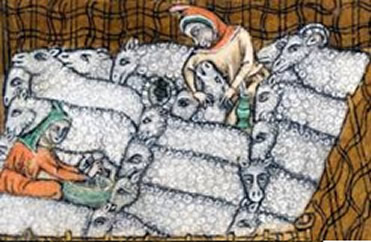
Historically, the Lincoln Longwool is one of our most important native breeds of sheep. A large dual-purpose breed developed to carry a heavy fleece of strong, lustrous, lanolin-rich wool combined with a substantial mutton carcass providing both meat and tallow. Lincolnshire was already famous for its sheep in the Middle Ages when the wool trade was crucial to Britain’s economy and Lincoln was one of the seven ‘staple’ (official exporting) towns of England.
Curly fleeced sheep, in a wattle hurdle enclosure, appear on a page of the famous Luttrell Psalter in the 1300s .
In 1707 John Mortimer published his book “The Whole Art of Husbandry” commenting that “Lincolnshire in the Salt Marshes breeds the largest sheep” Later that century Robert Bakewell used “Old Lincoln” ewes in the development of his Dishley breed. Dishley Rams in turn were used to improve the old long-woolled Lincoln and a society was formed in 1796 when ten leading breeders agreed “that such a society was necessary for the improvement of the breed and the benefit of the public” This society would be later superceded by our modern day Association established in 1892.
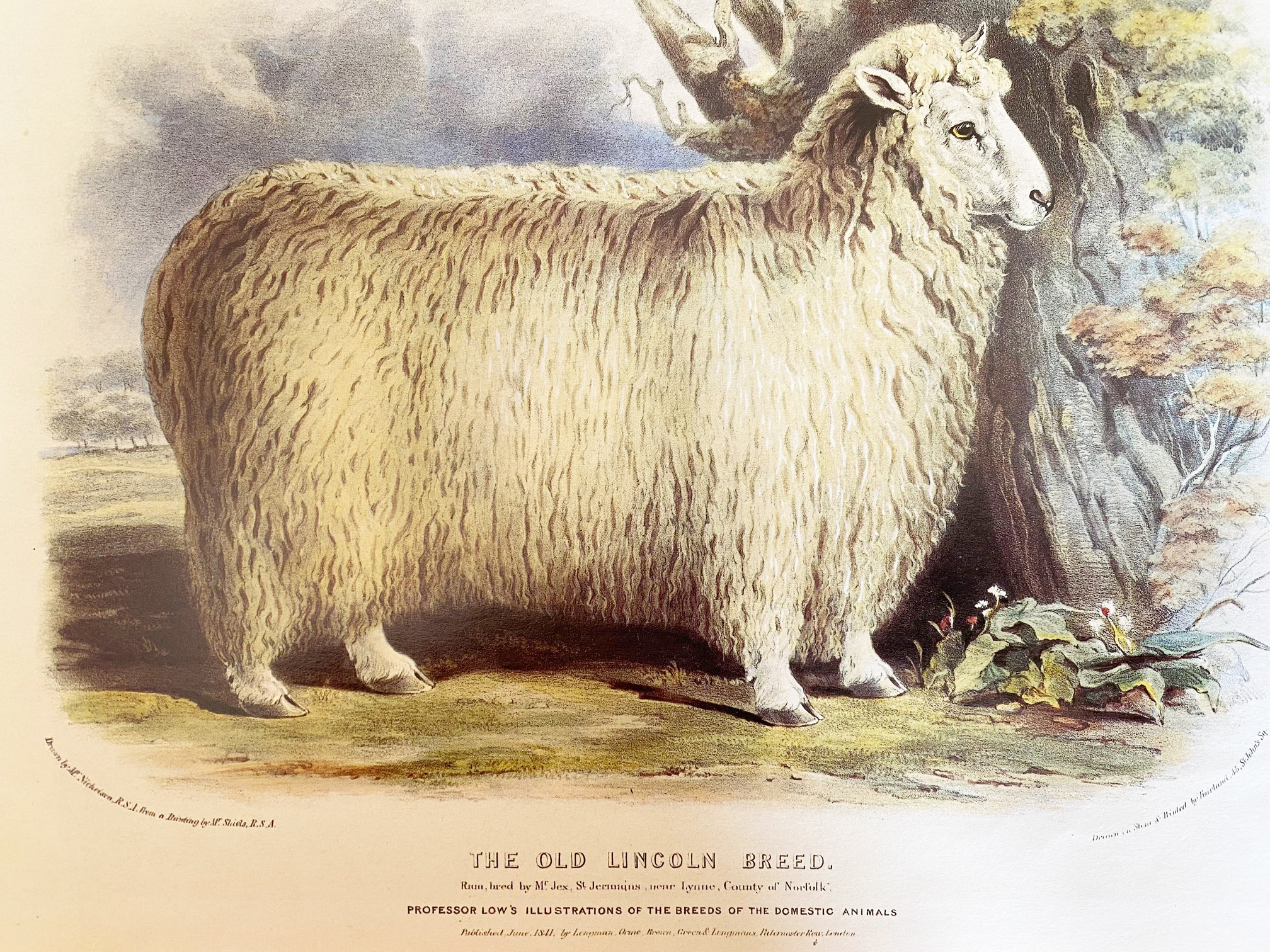
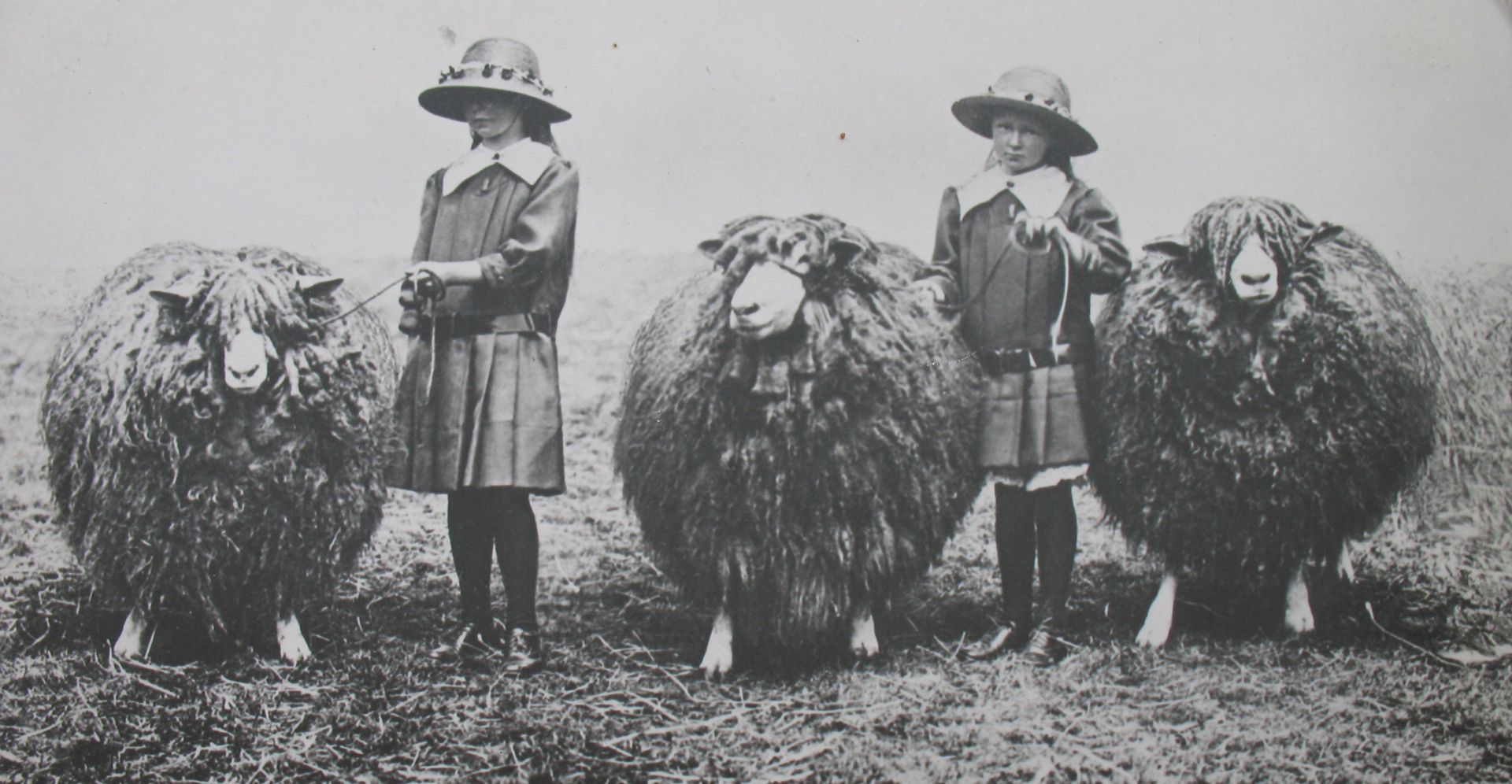
At the turn of the century, Lincolns were in great demand at home and abroad and a great many numbers were exported all over the world, particularly to South America, Australia and New Zealand, where they were used to improve and develop new breeds. Staggering prices were often achieved especially for Rams. One of the most notable is Riby Champion 2nd which fetched 1450 guineas in 1906. This was a time when many a great Lincolnshire fortune was made.


However, changing demands in fashions and farming put the breed in jeopardy after World War II. The export market had collapsed, mainly because the new world was now in possession of our valuable Lincoln genes and were breeding for themselves. This combined with the advent of oil-derived fibres in the 1960s meant the breed had reached an all-time low by the 1970s and was on the brink of extinction. The Association had been reduced to only a handful of flocks and their survival was largely due to the sheer dedication of three breeders, namely, Watts, Bird and Read, who maintained their bloodlines and continued to exhibit the breed at agricultural shows.
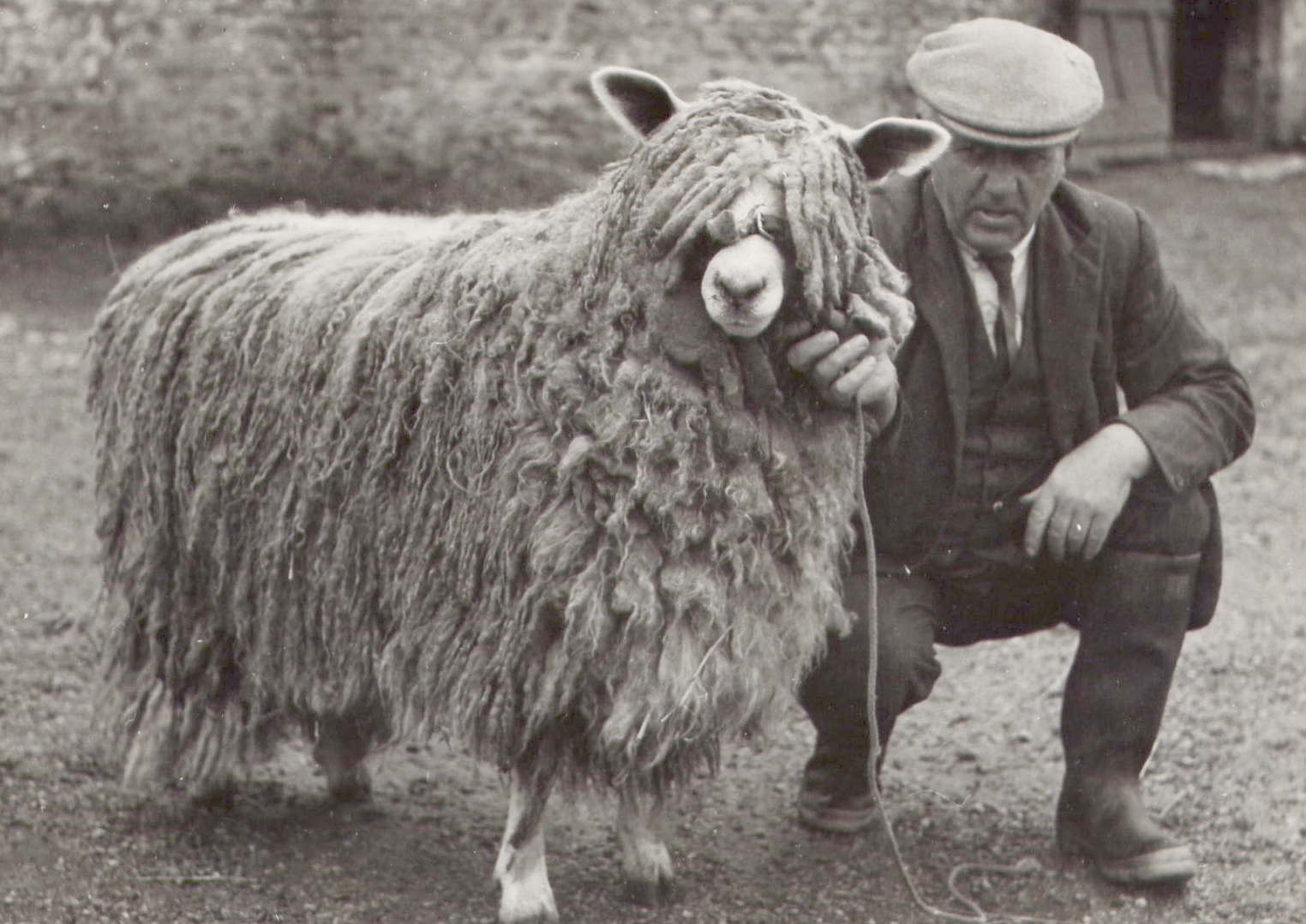
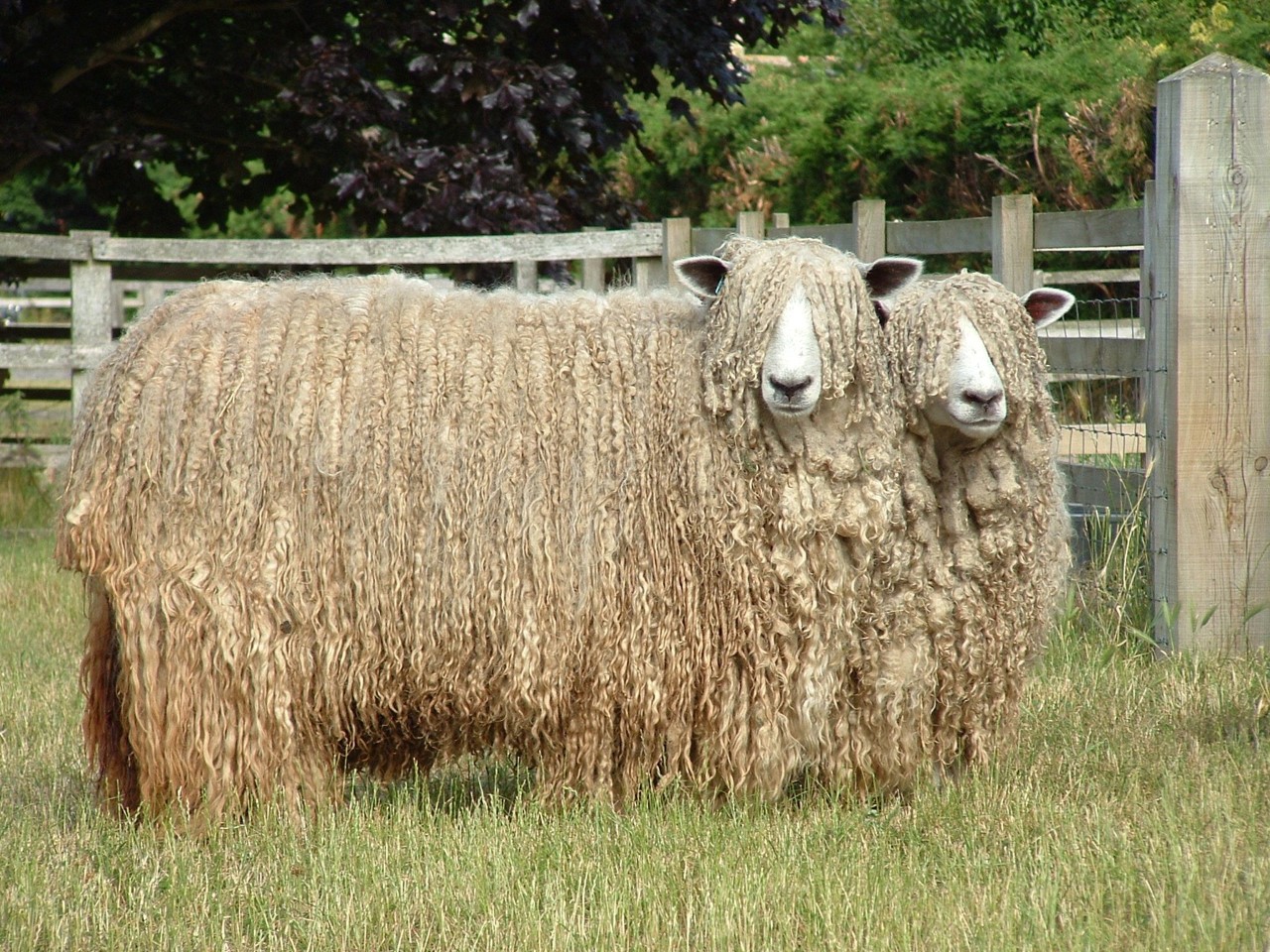
Admirable breed promotion efforts in the 1980s brought the breed back to safer numbers and by 1990 there were over 100 registered flocks in the flock book. In comparison, there were over 350 registered flocks in 1900.
The Lincoln Longwool is now a priority breed on the RBST watchlist. Breeding numbers today are lower than in the 1990s, with less than 800 breeding ewes spread across the country. Flocks of Lincolns are mainly concentrated in their home county of Lincolnshire, making them especially vulnerable in the event of any future disease outbreak.
Although breeding numbers are low our breed standard remains high and the Lincoln can still hold its own against modern-day commercial breeds at agricultural shows.
Those many generations of selective breeding have resulted in a top-quality specimen which simply cannot be ignored. We must ensure this breed’s survival for future generations.
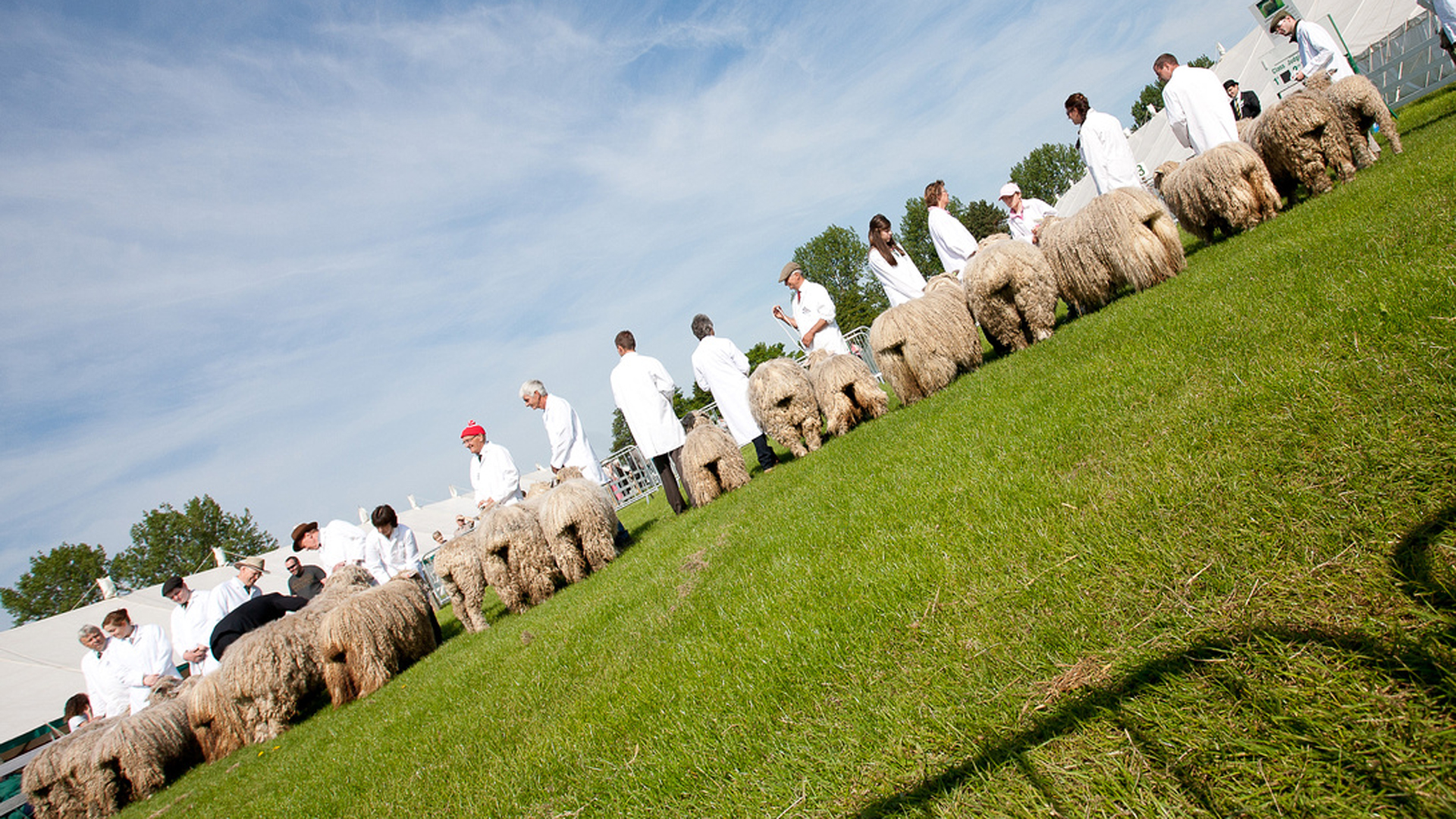
Registered Flocks
Members
Years established
Official shows